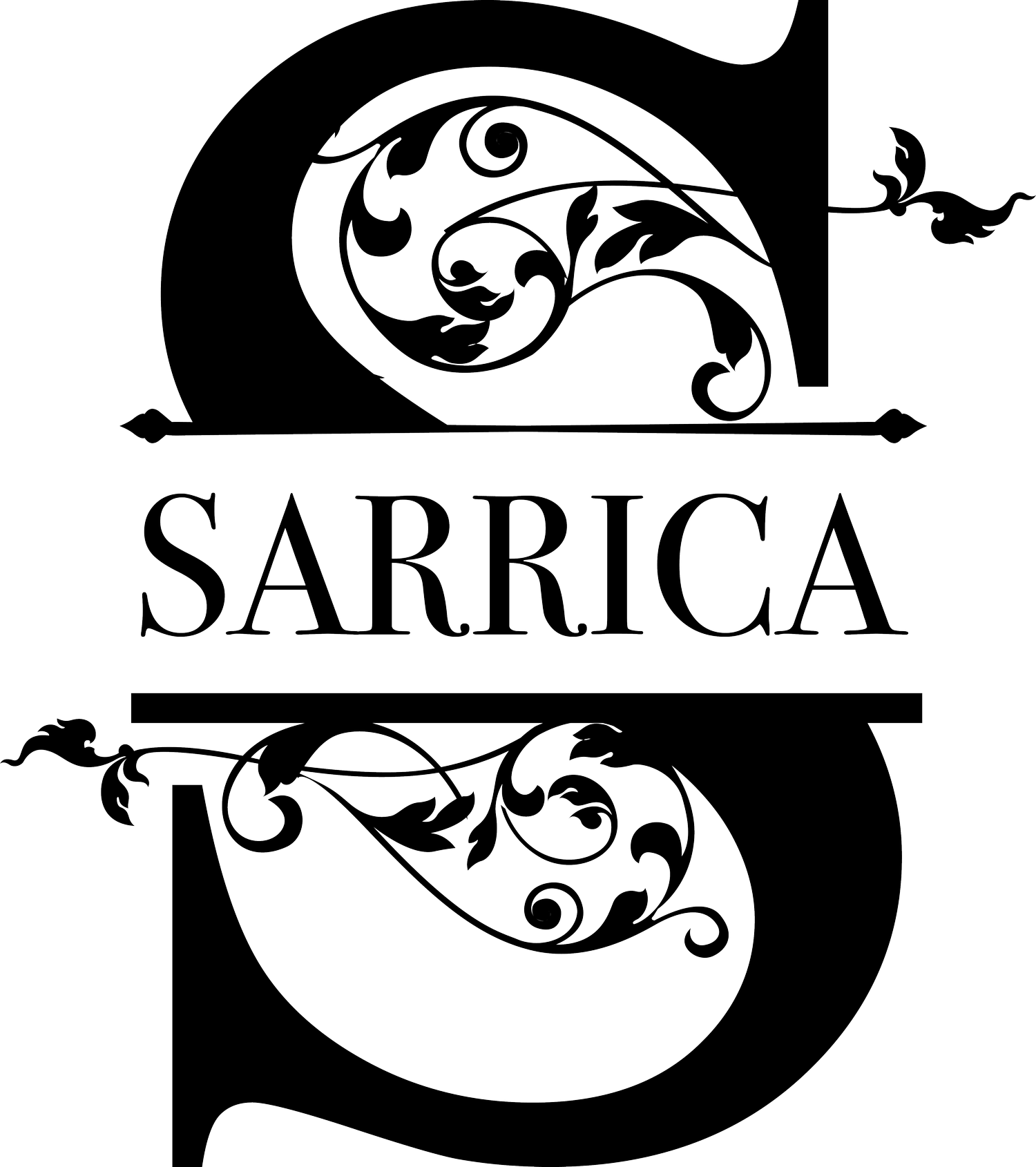How to Overcome the Shock of a Chronic Pain Diagnosis
The CDC reported that more than 50 million Americans struggle with severe or chronic pain.
Guest Author: Jennifer McGregor
If you have recently been diagnosed with a condition that causes chronic pain, you’re probably more than a little concerned and searching for advice about how to cope with the news. The first thing to know is that you are not alone. The CDC reported that more than 50 million Americans struggle with severe or chronic pain.
Learning how to manage your condition is critical to your quality of life, and while you may feel at a loss, Sarrica Physical Therapy and Wellness wants you to know there is hope. Here are a few considerations for meeting the issue head-on and managing it into the future so it doesn’t manage you.
The Risk of Pain Management
The first thing most people do when diagnosed with a condition that causes chronic pain is to seek some sort of pain management program to make sure they can get relief, which is completely understandable. But before jumping into a prescription medication plan, it’s important to get the facts.
The NIDA notes that, in 2020, opioids claimed the lives of about 92,000 people. One of the problems is that physicians have essentially been guessing at how much of the prescription drug a patient needs, which can lead to misuse of the drug and possible addiction. And it doesn’t take as long as you might think to become at risk. In fact, even a one-day prescription is shown to create a 6 percent higher risk of long-term use and addiction. So, what should you do?
Overcoming the Shock of Your Diagnosis
Coming to terms with a scary diagnosis isn’t easy. You may experience depression, anger and denial, though not necessarily in that order. A lot of people do find they are able to emotionally regain some sense of control by learning as much as they can about their condition. If it’s something you feel you can’t handle alone, it’s important to seek the help of a counselor and/or a support group.
Relaxation Techniques
Once you have overcome the initial shock of your diagnosis, seek out natural pain management solutions that can replace, or at least supplement, part of your prescription regimen. Relaxation methods are a good place to start because muscle tension can increase your pain. Some very helpful stress management techniques include deep breathing, eating nutritiously, and recognizing your triggers. Other techniques include progressive muscle relaxation and focused visualization. Find the methods that work the best for you and continue to use them as often as you need.
Work with Professionals
While it will take some time out of your days, don’t underestimate the benefits of working with a physical therapist. These trained professionals help countless people with chronic pain by creating a regimen that targets your specific needs. They can also point you toward activities you can do at home to minimize your pain or manage it better. Reach out to Sarrica Physical Therapy and Wellness today to find out how we can put you on the path to feeling better.
Exercise
As part of an overall healthy lifestyle, exercise is an often-underused method of pain management since people in pain feel that moving their bodies less will decrease their pain. But exercise is one of the most effective treatments for chronic pain you can find for a couple of reasons. First, exercise releases endorphins in the brain that act as natural pain relievers. Secondly, certain types of exercise can release pressure on certain muscles and tissues that would normally cause pain from inflammation.
The various types of exercises include aerobic, strength training and flexibility training. Each has its own benefits, and you should discuss with your physician which combination would be the best for you.
When you do start a regimen, don’t underestimate the benefits of working out at home. You can get a solid workout right in your living room with something as simple as bodyweight exercises, like a pushup or a squat, just be mindful of mastering the right form when learning a new exercise.
Healthy at Home
In addition to PT and regular exercise, it’s crucial to make overall health a priority at home. Start by always consuming healthier foods. Rather than chips and soda, keep nuts and whole fruits on hand for the perfect snack combo. Pack salads or healthy wraps for lunches, and focus on eating dinners with whole grains, leafy green vegetables and a lean protein. Be sure to also drink plenty of filtered water.
In addition to nutrition, make a point to keep your living environment tidy and organized. This ensures your space functions as the stress-free haven you need after a difficult day managing your pain in addition to all your other responsibilities. Soothing artwork, plants and even aromatherapy can enhance your space, offering a more serene atmosphere.
Bottom Line
Understanding your condition and finding ways to ease your pain without medication should be the very first steps in coping with a new diagnosis. Medication may be right for you, but it’s always a good idea to implement natural remedies at first. Learning to cope with chronic pain is something that many people have to do, and you can find ways to manage your pain and carry on a perfectly normal and happy life. Don’t be afraid to reach out for help when you need it, and always remember you’re not alone!

